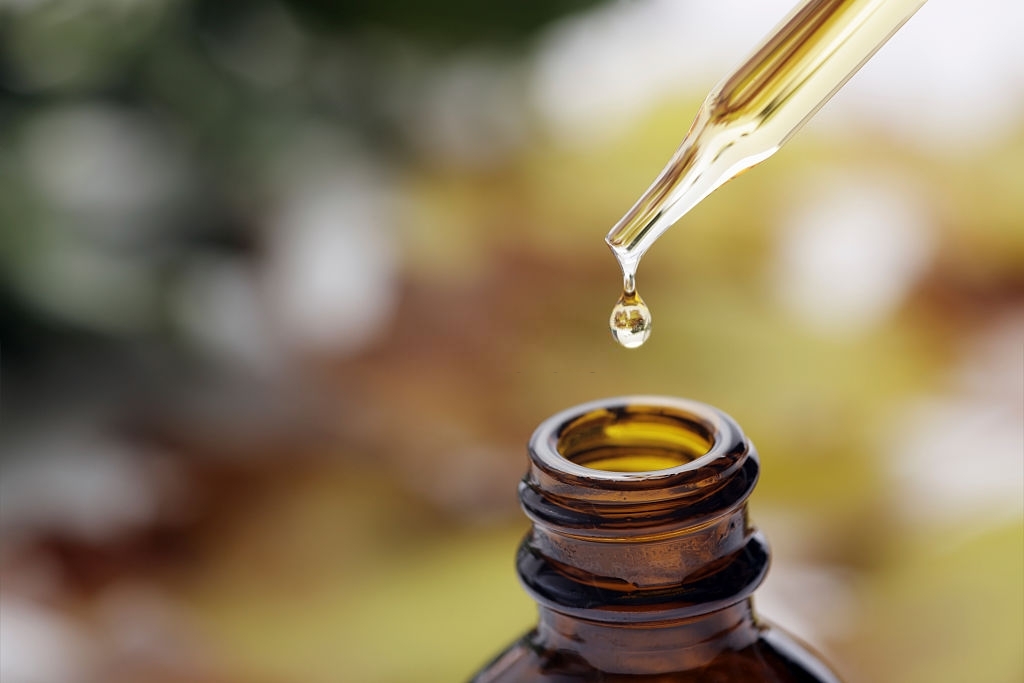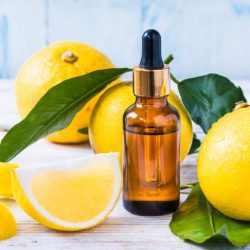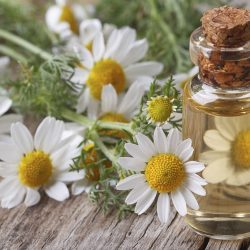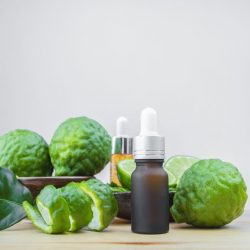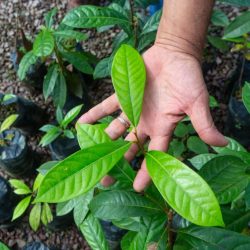The tea tree ( Melaleuca alternifolia) or Tea tree is native to New South Wales in Australia, where the Bundjalung aborigines used the leaves to heal themselves from a variety of ailments for a long time . Unfortunately, very little of this ancestral knowledge has come down to us, due to the fact that huge sections of aboriginal culture have disappeared with these populations, under the deleterious impetus of the white man. However, this essential oil is considered nowadays as a “must” that we must have alongside the essential oil of fine lavender and lemon essence .
A little history
The leaves of the tea tree were known in Europe thanks to the English navigator James Cook around 1770 who found them in the islands of the New Zealand archipelago: The aborigines were already using them to make a kind of “tea”. Thus, the real tea running out, the crew was led to appreciate the infusions made with the leaves of the tea tree . These leaves were also used by the aborigines to make a poultice in case of injury . They boiled the leaves and drank them like tea, or crushed the leaves and applied them to their wounds. They were also going to bathe in a lagoon in which the leaves of Melaleuca fell and in fact macerated, and bathed in it to heal any little problems they might have.
The therapeutic virtues of the tea tree do not seem to have interested Captain Cook since it was not until the years 1920-1923 before a whole series of Australian studies were born about its essential oil and its bactericidal properties which were then tested on many strains.
In the 1920s, Dr Penfold discovered that the essential oil obtained from the distillation of the leaves was eleven times more antimicrobial than the leading antiseptic of the time: phenol .
During World War II, tea tree essential oil was used to treat wounds in Australian soldiers. But how long the road will have been between the traditional thousand-year-old use and the modern therapeutic use of this essential oil by the descendants of the colonists! The therapeutic value of this substance led to the cultivation of the shrub that produces it on a large scale, thus the tea tree is cultivated on many Australian hectares, and will even be deployed in other countries: India, Malaysia, New Caledonia, South Africa and Madagascar.
What are the pharmacological properties of tea tree leaf essential oil?
Antibacterial property:
The essential oil of tea tree is anti-infectious polyvalent by its monoterpenols, less powerful however than the phenols; they thus act directly on pathogenic germs, according to their MIC, which they neutralize by denaturing the proteins and dissolving the lipid membrane. They also act indirectly on the ground they correct.
Also broad-spectrum antibacterial , especially in genital ( cystitis , urethritis) and intestinal infections , it is also a dental antibacterial (aphthosis, stomatitis, gingivitis, dental abscess, mouth ulcer, pyorrhea). The MT alcohols it contains are active on antibiotic-resistant Staphylococcus aureus, on Escherichia coli , Steptococcus pneumoniae and pyogenes , and Hemophilus influenza , on Gram-positive bacteria such as Staphylococcus aureus , as well as on Gram-negative organisms such as Colibacillinum sp ., Proteus, Klebsiella or even Enterococcus.
Studies have further revealed its anti activity Staphylococcus aureus resistant to methicillin , with lysis and loss of membrane integrity of Staphylococcus aureus , manifested by the leakage of ions and inhibition of respiration.
This essential oil is therefore indicated in bacterial intestinal infections (enterocolitis), ENT ( sinusitis , angina, bronchitis, gingivitis, aphtha, otitis, nasopharyngitis) and urinary tract (cystitis).
Antifungal property:
Broad spectrum antifungal (on all locations), this effect is due to alcohols and MT carbides. It is in fact effective on Candida albicans , athlete’s foot, interdigital mycosis and nail fungus , as well as against candidiasis resistant to fluconazole . We also note an antiparasitic effect vis-à-vis vaginal infections with Trichomonas vaginalis and intestinal parasitosis with Ascaris, however, it is less effective than manuka because of the presence of triketones, and in combination with antifungals imidazoles in case of resistance.
Antiviral property:
The antiviral properties of tea tree essential oil are notably due to MT alcohols on herpes viruses, influenza or vaginal infections such as Papilloma virus .
Pest control property:
Antiparasitic activity is noted against vaginal infections caused by Trichomonas vaginalis and intestinal parasitosis caused by Ascaris, but also activity on dandruff of the scalp, due to Pityrosporum ovale , and on Malassezia sp . The essential oil of tea tree is particularly antiparasitic on ringworm, scab , roundworm and lamblia.
Insecticidal property:
Its insecticidal activity has also been demonstrated against lice, ticks, mites and mites.
Immunostimulating property:
Its immunostimulatory effect is also due to MT alcohols by increasing immunoglobulins (↑ Ig A, ↑ Ig M, ↑ Ig C3 and C4).
Anti-inflammatory and antihistamine property:
The anti-inflammatory and antihistamine activity of this essential oil takes place mainly on the skin by reducing the proliferation of cells that mediate inflammation and their mediators. Anti-psoriatic by anti-inflammatory activity ( terpinene-4-ol ), it is also cortison-like and stimulates the pituitary-adrenal cortex, therefore useful in prolonged inflammatory states.
Other properties:
- Healing
- Radioprotective like all M elaleucas
- Antiasthenic
- Activity on various dermatological conditions (skin and mucous membranes), such as acne vulgaris , seborrheic dermatitis, chronic gingivitis, accelerates healing, anticancer activity of the skin, eliminates the pathogenic flora of the skin while maintaining the resident flora
- Antiasthenic, cardiac tonic
- Phlebotonic, venous decongestant
- Neurotonic and analgesic
- Manuka exerts a spasmolytic action, whereas Kanuka and Melaleuca alternifolia have a spasmogenic action on the diaphragm and the uterus in vitro (which justifies the contraindication during pregnancy)
Does tea tree essential oil require precautions for use?
- Only cutaneous, sublingual and rectal use are recommended
- Do not distribute
- Contraindicated in pregnant or breastfeeding women
- Overdose may cause confusion with difficulty in orientation
- Avoid in combination with cortisone
- No prolonged use
- Contraindicated in children under 7 years old
- Induction of cytochrome P-450 (CYP2B1), ask your pharmacist for advice for any risk of drug interactions
- Prohibited in animals
Medical bibliographic sources and clinical trials :
- Pyankov, Oleg & Usachev, Evgeny & Pyankova, Olga & Agranovski, Igor. (2012). Inactivation of Airborne Influenza Virus by Tea Tree and Eucalyptus Oils. Aerosol Science and Technology
- Dryden M, Dailly S, Crouch M. A randomized, controlled trial of tea-tree topical preparations versus a standard topical regimen for the clearance of MRSA colonization. J Hosp Infect. 2004
- Carson CF, Cookson BD, Farrelly HD, Riley TV. Susceptibility of methicillin-resistant Staphylococcus aureus to the essential oil of Melaleuca alternifolia. J Antimicrob Chemother. 1995
- Chan CH, Loudon KW. Activity of tea tree oil on methicillin-resistant Staphylococcus aureus (MRSA). J Hosp Infect. 1998
- Kavanaugh, NL, & Ribbeck, K. (2012). Selected antimicrobial essential oils eradicate Pseudomonas spp. and Staphylococcus aureus biofilms
- Hammer KA, Carson CF, Riley TV. Effects of Melaleuca alternifolia (tea tree) essential oil and the major monoterpene component terpinen-4-ol on the development of single- and multistep antibiotic resistance and antimicrobial susceptibility. Antimicrob Agents Chemother. 2012
- Warnke PH, Terheyden H, Açil Y, Springer IN, Sherry E, Reynolds M, Russo PA, Bredee JP, Podschun R. Tumor smell reduction with antibacterial essential oils. Cancer. 2004

